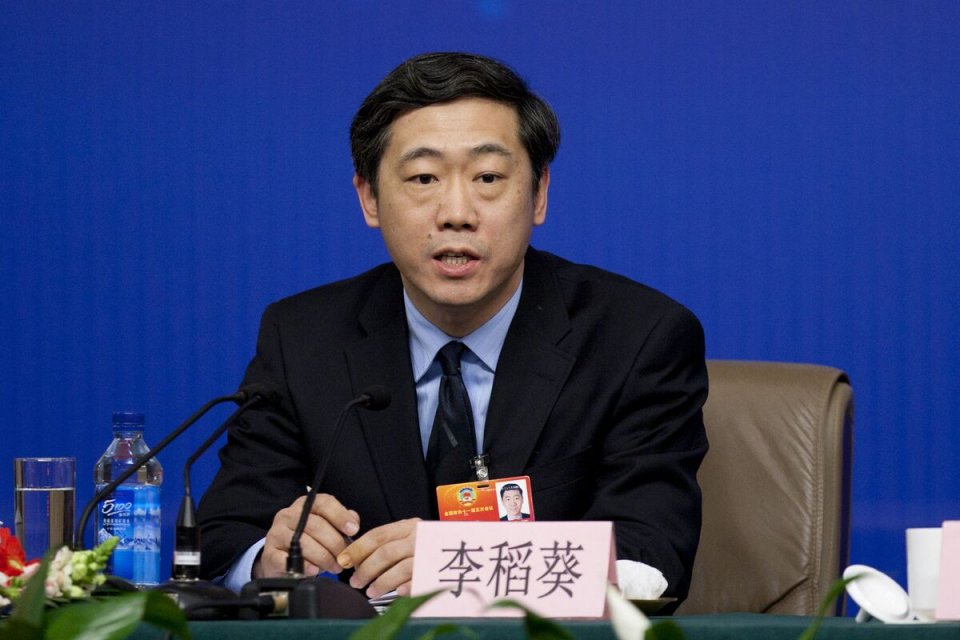Japan’s descent into stagnation is an infamous economic tale known around the world. But at its start, in the early 1990s, it wasn’t abundantly clear what was happening to what was then the world’s No. 2 economy.
Much to the frustration of Japan’s Ministry of Finance, there was a coterie of keen financial analysts who warned that the country’s debt problem was a whole lot worse than advertised, and that economic growth wasn’t going to magically make it go away.
Fast forward to today, and something similar may be emerging with regard to China. In recent weeks, China watchers have taken notice of a previously little-publicized assessment by a former adviser to China’s central bank. Li Daokui has estimated that local Chinese authorities had by 2020 run up a much bigger tally of debt than previously realized, at some 90 trillion yuan ($12.6 trillion).
Most of this debt came from building infrastructure, much of which is unlikely to generate revenues sufficient to pay off the obligations. With China’s trend growth rate notably lower now than it was, it leaves a burden over the long haul. National authorities have the wherewithal to resolve the problem, but it would take a major rethink in economic policy. Without a strategic shift, it leaves China heading for Japan-style stagnation.
Li Daokui is a Harvard-trained economist at Beijing’s Tsinghua University who served as an external adviser to the People’s Bank of China early in the last decade. In October, he delivered a lecture on his findings on the debt accumulated by China’s local authorities.
He explained that one oversight in previous estimates was a failure to dig out the basis for “capital” behind major infrastructure projects, such as a massive rail transit loop in the southwestern mega-city Chongqing. Almost two-fifths of Chongqing’s broader, near-$29 billion project came from so-called “paid-up capital.” But Li and his colleague’s analysis showed that the “paid-up capital” was effectively debt as well.
The research also determined that the fiscal wherewithal of local authorities to service their debt had deteriorated by 2020. The conclusion: “It’s clear that local governments are compelled to incur new debts to repay existing ones, which is unsustainable.” Given how growth momentum has deteriorated in recent years, the debt-servicing ability is likely “even lower now,” according to Li.
In much the same way, Japan’s economic growth by the 1990s was insufficient to simply pay off the mountain of debt created during the bubble years, based on real-estate collateral valued at entirely unrealistic prices. Tokyo’s response was to guide banks into offering companies forbearance, and avoiding US-style bankruptcies with all the social and labor carnage they entail.
Another piece of Japan’s response was to keep lowering interest rates to encourage new borrowing to fund new investments. The trouble with that was the appetite to extend or take on new credit was limited. Low rates came to be seen as a symptom of Japan’s diminished potential.
It’s no coincidence that these days China’s interest rates are also heading south. This newsletter noted last year how lower rates on savings accounts risked undermining confidence among Chinese households. Late last month, China’s big state banks cut those rates further.
China’s benchmark 10-year government bond yields this week approached the modern record low of under 2.5%—hit during the initial Covid-19 crisis. In Japan’s case, 10-year yields sank through 2.5% in 1997 and never looked back.
Li argues that there’s a three-part solution for China’s local debtload, which his analysis showed amounted to 88% of gross domestic product as of 2020. That’s notably larger than previous estimates by the International Monetary Fund. (It would have been all the bigger in Li’s worst-case estimate of $14 trillion worth of debt.)
First would be to have the central government simply take over part of the local authorities’ obligations. There have been signs in recent months that President Xi Jinping’s team is indeed thinking along these lines, though policymakers in Beijing have long sought to maintain the central government’s relatively low debt-to-GDP ratio.
Li’s second step is to extend the duration of debt, something that is under way through a variety of swap programs—some at the local level and some involving the central bank.
The third component, however, would require a significant ideological shift. That would involve selling off state assets. In Japan, that was one component of the eventual solution to its own bad-debt mountain under Prime Minister Junichiro Koizumi, in the years before the global financial crisis.
But far from embracing privatization, Xi’s regime has tilted instead toward elevating the role of the state. It seems hard to envision a dose of 1980s Thatcherism to reduce debt and energize the private sector.
Which all magnifies the risk of a dynamic in China’s financial system that limits the economy’s potential in coming years. (By Chris Anstey - Bloomberg)









